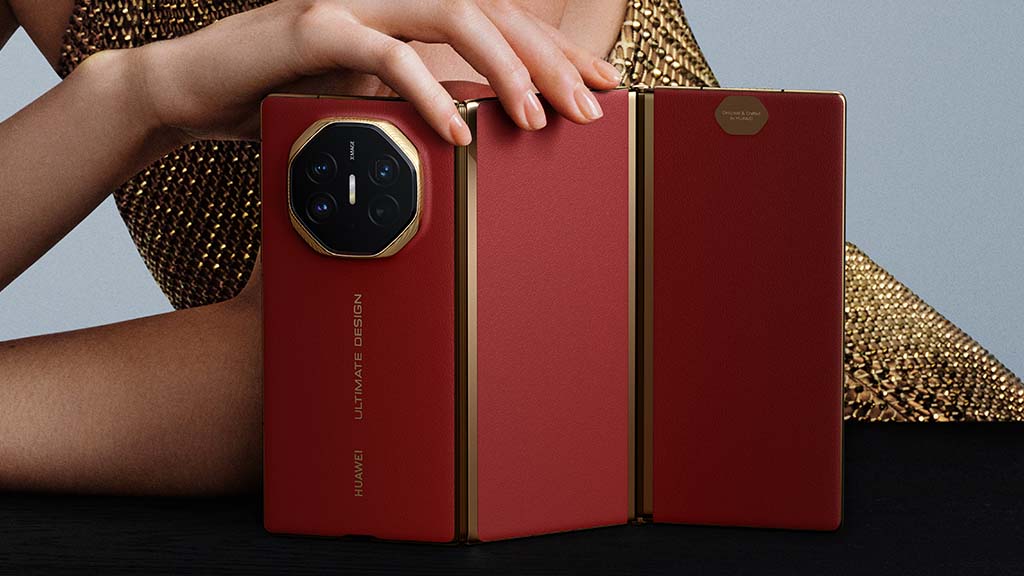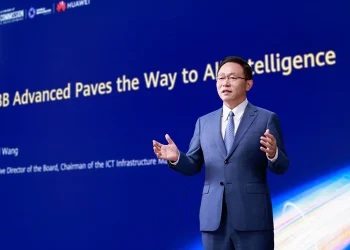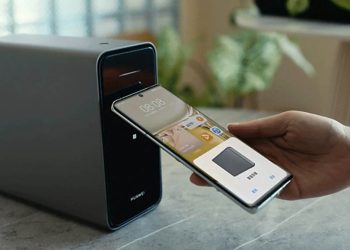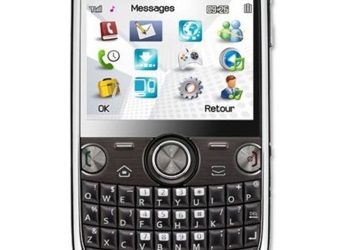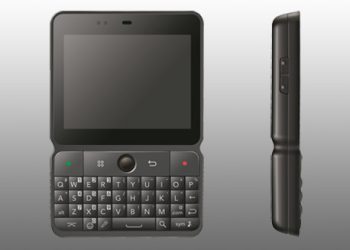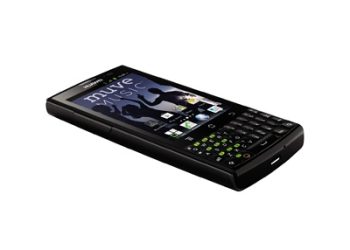Huawei is preparing to make waves again in the foldable market with the upcoming Huawei Mate XT 2 tri-fold phone, rumored to launch in September 2025. With Apple and Samsung still developing their tri-fold concepts, Huawei appears poised to outpace the competition with its second-generation triple-folding device.
The first-generation Huawei Mate XT stunned the market with its cinematic 10.2-inch OLED display, elegant triple-fold design, and premium feel. Now, fans of cutting-edge smartphones are anticipating major upgrades in durability, connectivity, and performance.
Satellite Connectivity and Ultra-Flexible Glass (UFG)
According to a tipster on Chinese social media platform Weibo, the Huawei Mate XT 2 tri-fold phone will include satellite communication support—a feature that enhances emergency connectivity and extends communication capabilities in remote areas. While details remain limited, it’s a significant step in ruggedizing foldables for global usability.
What truly elevates the Mate XT 2 is the expected use of Ultra-Flexible Glass (UFG), a premium display material also featured in Samsung’s exclusive W25 model. UFG panels provide enhanced durability, scratch resistance, and folding reliability, a notable improvement over the ultra-thin glass (UTG) used in earlier models.
Performance and Hardware Expectations
While Huawei has not confirmed hardware specifications, insiders suggest the Mate XT 2 will run on an upgraded chipset—likely an improved version of the Kirin 9010 or potentially a new in-house SoC optimized for foldable form factors.
The original Mate XT, though well-optimized for media and multitasking, lagged in GPU performance and was capped at a 90Hz refresh rate. The Mate XT 2 is expected to address these trade-offs, possibly offering higher refresh rates, enhanced thermal efficiency, and AI-boosted multitasking capabilities through Huawei’s HarmonyOS.
Leading the Foldable Innovation Race
While Samsung and Apple are both exploring tri-fold technology, neither has launched a consumer-ready device. Huawei, undeterred by U.S. sanctions and chip restrictions, has already proved its foldable manufacturing prowess with the original Mate X series and now leads with its tri-fold innovation.
This puts Huawei in a commanding position to define the next generation of foldables, especially for users seeking large-screen productivity on a compact form factor. Despite the absence of Google Mobile Services, Huawei’s AppGallery and open-source alternatives like microG continue to gain traction, especially in China and other Android-independent markets.
What’s Next for Foldables?
The Huawei Mate XT 2 tri-fold phone is more than just a spec upgrade—it’s a testament to how far the foldable phone industry has come. If the September launch window holds, it could cement Huawei’s place as the dominant innovator in multi-fold smartphones and inspire rivals to accelerate their roadmaps.
As more leaks surface over the coming weeks, tech enthusiasts and analysts alike will be watching closely to see if Huawei delivers on the promise of true tri-fold mobility. Until then, the Mate XT 2 remains one of the most anticipated smartphones of 2025.
To stay informed about foldable phone innovations and Huawei’s latest devices, you can follow updates on PhoneArena and Weibo.

